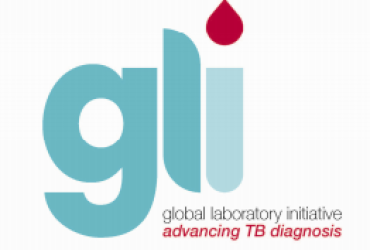As countries develop, strengthen and integrate their specimen referral networks, information on specimen referrals has expanded - so much so that we have updated this site. This toolkit was made to fill the need for a comprehensive resource hub on specimen referrals for countries to utilize. The GLI Specimen Referral Toolkit contains both examples of existing tools already developed and in use/used by countries and stakeholders, as well as tools developed specifically for the toolkit which have been created to standardize or fill gaps in existing tools. The existing tools were solicited from and shared by country ministries of health and other stakeholders. Due to the number of tools contained within the toolkit, we are no longer able to provide a full index of tools. Please note, the vast majority of tools in this toolkit are currently only available in English, except where noted for certain existing tools. We will continue to provide updates and revisions to the toolkit as available. Any comments or suggested edits to the tools should be sent to the GLI Working Group Secretariat: gli_secretariat@who.int.
All of the tools have been re-categorized for ease of use. The new grouping is by type of tool.
If you are looking for a particular type of tool, the following groupings may be helpful. All tools in each type can be downloaded together in one zipped folder.
This toolkit was produced at the request of the United States Agency for International Development. It was prepared independently by Kameko Nichols. The Global Health Bureau, Office of Health, Infectious Disease and Nutrition (HIDN), US Agency for International Development, financially supports this toolkit through the Global Health Technical Assistance and Mission Support (GH-TAMS) under the terms of Contract # 7200AA19M00019.
DISCLAIMER
The authors’ views expressed in this publication do not necessarily reflect the views of the United States Agency for International Development or the United States Government.
Updated as of 11 May 2020

